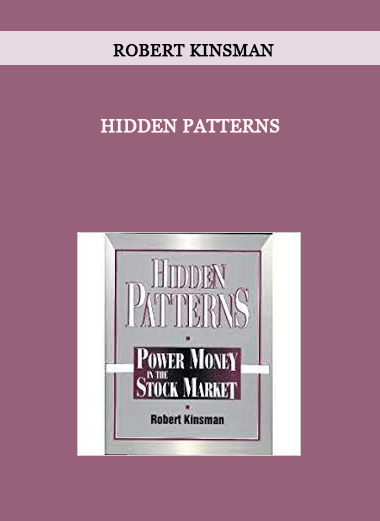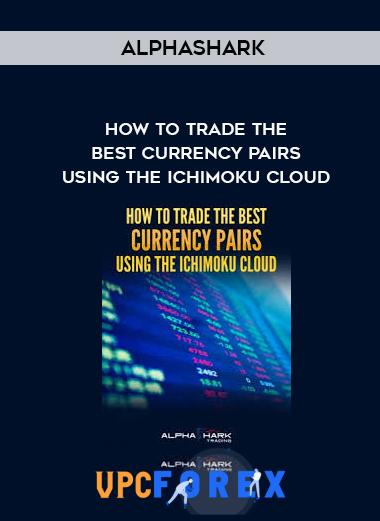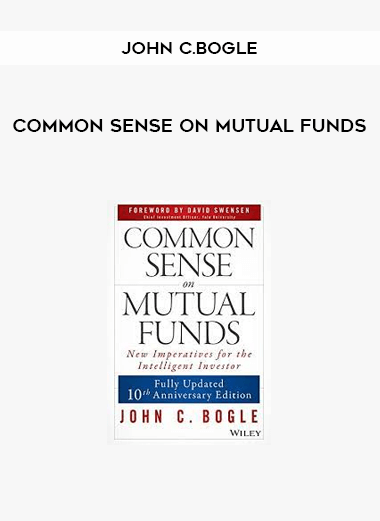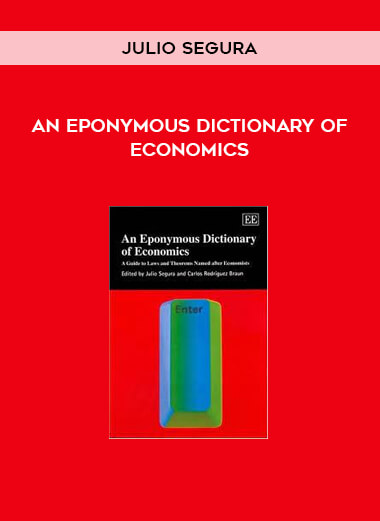Courses Infomation
Hidden Patterns by Robert Kinsman

Hidden Patterns by Robert Kinsman
Hidden Patterns by Robert Kinsman
Veteran investment advisor Robert Kinsman takes his earlier pioneering market research another step with his discovery that large institutional investors leave repetitive, reliable–but hidden–tracks in the stock market. Kinsman explains these tracks in detail, showing how professional investors use them with his Stock Pattern Recognition (SPAR) analysis to greatly increase potential profitability while reducing risk. Charts; graphs.
Among the 145 investment letters or services tracked by the Hulbert Financial Digest during 1993, Robert Kinsman’s Stock Pattern Recognition Service was the most expensive at $995 per year. In this also pricey monograph, Kinsman synthesizes his advice. He explains that his strategy is one of positioning rather than timing, and that it is based on statistically detectable and historically repetitive patterns that he discovered and which can be used to generate buy and sell signals. Kinsman, author of There’s Always a Bull Market (1990), calls his system Stock Pattern Recognition (SPAR) and claims that it has been 95 percent accurate over the past 25 years. Other investors, on the other hand, suggest that returns on Kinsman’s methods barely equal the Treasury bill rate. Recommended for libraries building comprehensive investment collections. David Rouse
What is forex?
Quite simply, it’s the global market that allows one to trade two currencies against each other.
If you think one currency will be stronger versus the other, and you end up correct, then you can make a profit.
If you’ve ever traveled to another country, you usually had to find a currency exchange booth at the airport, and then exchange the money you have in your wallet into the currency of the country you are visiting.
Foreign Exchange
You go up to the counter and notice a screen displaying different exchange rates for different currencies.
An exchange rate is the relative price of two currencies from two different countries.
You find “Japanese yen” and think to yourself, “WOW! My one dollar is worth 100 yen?! And I have ten dollars! I’m going to be rich!!!”
When you do this, you’ve essentially participated in the forex market!
You’ve exchanged one currency for another.
Or in forex trading terms, assuming you’re an American visiting Japan, you’ve sold dollars and bought yen.
Currency Exchange
Before you fly back home, you stop by the currency exchange booth to exchange the yen that you miraculously have left over (Tokyo is expensive!) and notice the exchange rates have changed.
It’s these changes in the exchange rates that allow you to make money in the foreign exchange market.
Salepage : Hidden Patterns by Robert Kinsman































Reviews
There are no reviews yet.